5 easy ways to let children take risks (without your anxiety going through the roof)
Here's why allowing children to put themselves in 'healthy' risk situations is actually good for them


Parents are being told that it's vital for them to let their children take risks in life as it is considered 'crucial to boost self-confidence', a new study has shown.
No matter what your parenting style - whether you're a helicopter parent or prefer gentle parenting - you've probably found yourself wondering why your teenager is drawn to taking risks. Well, according to new research, risk-taking is vital for child development.
According to the British Exploring Society, a youth development charity, young people who have been given the chance to take healthy risks experience a positive impact on their personal and professional growth later in life. The charity surveyed 1,001 respondents from the UK, all of whom were between the ages of 18-35 and found that being a healthy risk taker not only allows young people to become more confident (44 per cent) as they get older but also to become more spontaneous (34 per cent), have more enriched life experiences (33 per cent) and become psychologically stronger (30 per cent).
English fashion designer and entrepreneur, Henry Holland, set up his own fashion label The House of Holland. He now also runs a thriving ceramics business called Henry Holland Studio and he agrees with risk-taking. He said, "I’ve learnt and earned my way through taking risks and approaching things in a way that feels right to me. You need to be confident. For every career decision that I have made and business I’ve run - I’ve learnt on the job. No specific training or education and I’ve always considered that a blessing. Why? Nobody ever told me how something should be done, and equally, they have never told me how something shouldn’t be done!
"Working in creative fields you can overthink things and get frozen with indecision. You have to be brave, believe in yourself, put yourself out there, and say - I think this is great - and that’s when you can achieve great things," Henry added.
Why taking risks is good for your child
Young people associate healthy risk taking with:
- Bravery (49 per cent)
- Confidence (53 per cent)
- Increased physical and psychological wellbeing (35 per cent)
- Being able to deal with challenging situations (51 per cent)
These are all essential skills for a happy and successful adult life.
GoodtoKnow Newsletter
Parenting advice, hot topics, best buys and family finance tips delivered straight to your inbox.
However, when surveyed, young people don’t think they are learning these key skills until they are adults, with the average age being 21. Almost one-third (32 per cent) highlight that they start to face challenges where they feel as though they might fail and/or struggle with trying new things that challenge them between the ages of 16 and 20. This is also the age where over half (51 per cent) said they stopped relying on their parents/carers and started taking risks for themselves.
CEO of British Exploring Society Honor Wilson-Fletcher MBE added, "Since I’ve been at British Exploring Society, I’ve noticed lasting changes in resilience and risk appetite in young people and their families. We commissioned research to find out whether our experience reflected a national picture because it’s our job is to prepare young people with the confidence and self-belief to live happy adult lives."
Despite knowing the importance of experiencing healthy risks, it is only natural for parents and carers to want to protect their children. Quite often they find themselves wrestling with their own fears and uncertainties, which is why letting go of the reins can be difficult and, unknowingly, they may pass their apprehensions onto their children by encouraging a cautious and risk-averse mindset. This is reflected in the research, as three-quarters of those surveyed feel that parents'/carers' anxieties about risk-taking can impact their risk-taking abilities.
According to Bright Horizons child care centres, there are five ways parents can help their child take more risks.
5 steps to letting your child take more risks:
- Analyse the risk vs the benefit - If you are anxious about letting your child take a risk ask yourself, 'What's the worst thing that could happen?' and 'What's the best thing that could happen?' These questions will help you be more objective and less fearful.
- Consider your child - Think about your child's level of ability and then use that to guide you in the process. Whatever is appropriate for one child might not be suited to another. Examine their age-ability to do tasks like follow directions, understand consequences, and make reasonable choices.
- Assess the environment - Be aware of crime rate, traffic and overall safety when deciding upon the level of risk-taking your child is capable of.
- Teach them skills and set limits - for example, don't let them try to climb a tree until they've mastered climbing a playground climbing frame. Only when they are ready, will you be able to show them how to climb a tree safely.
- Practice together - slowly give your child more freedom step by step so that by the time they are high school age they should be able to get their own shopping and get from place to place safely.
In other family news, here's how to set a strong boundary to stop your kid running away from you on the street, according to psychologist Dr Becky. Is your teen not taking your ‘unsolicited’ advice? Here’s how to make yourself heard (without being given the side eye).

Selina is a Senior Family Writer for GoodtoKnow and has more than 16 years years of experience. She specialises in royal family news, including the latest activities of Prince George, Charlotte, Louis, Archie and Lilibet. She also covers the latest government, health and charity advice for families. Selina graduated from the University of Sheffield in 2006 with a degree in Journalism, and gained her NCTJ and NCE qualifications. During her career, she’s also written for Woman, Woman's Own, Woman&Home, and Woman's Weekly as well as Heat magazine, Bang Showbiz - and the Scunthorpe Telegraph. When she's not covering family news, you can find her exploring new countryside walking routes, catching up with friends over good food, or making memories (including award-winning scarecrows!)
-
 The 'incredibly helpful' 30-second rule – liked by nearly 2 million people – that your kid needs to know about
The 'incredibly helpful' 30-second rule – liked by nearly 2 million people – that your kid needs to know aboutThis useful piece of advice is worth remembering for all of us, not just our children
By Adam England Published
-
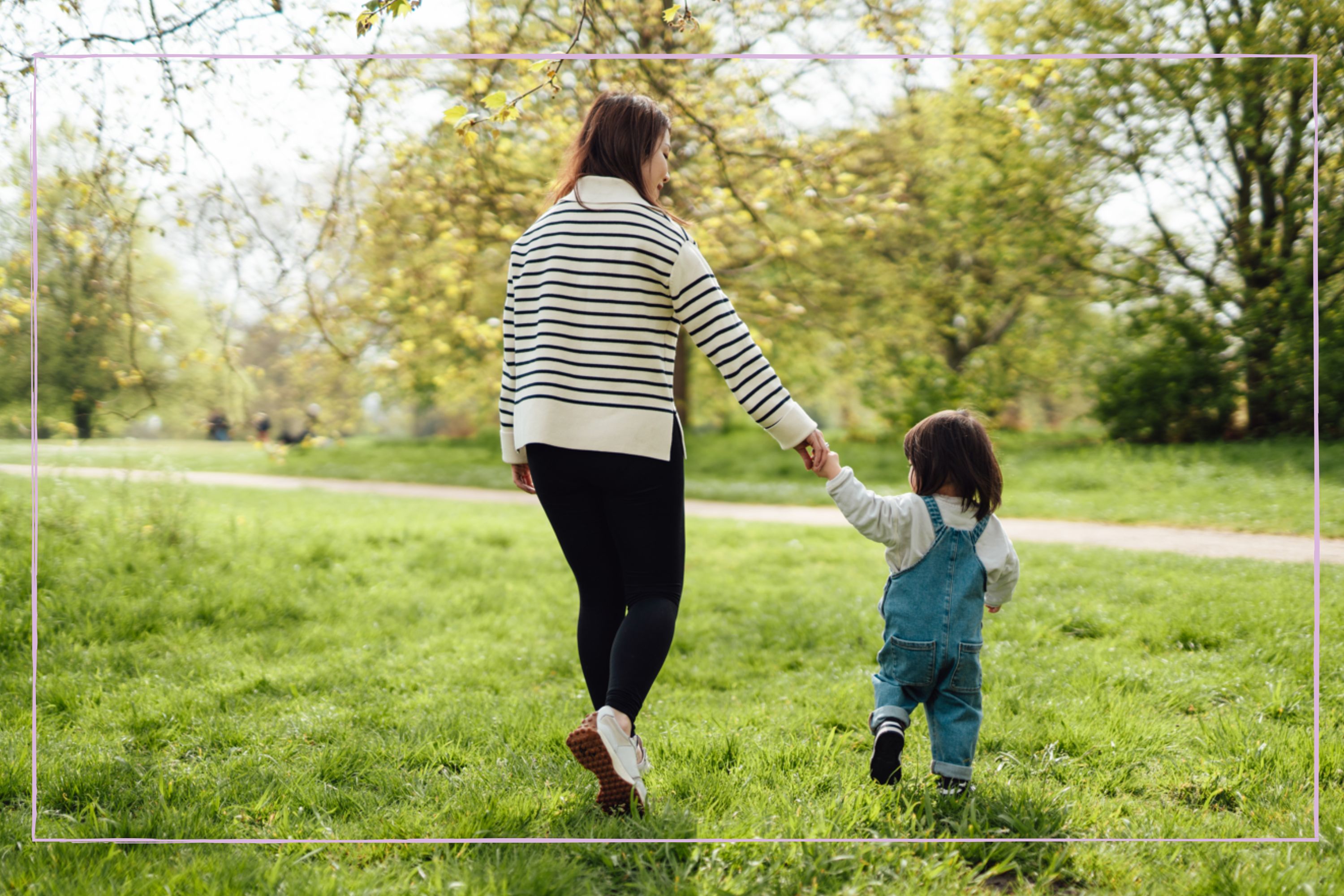 What is ‘sturdy parenting’? Child psychologist Dr Becky explains the benefits of this technique
What is ‘sturdy parenting’? Child psychologist Dr Becky explains the benefits of this techniqueIf you're at a loss when it comes to disciplining your kids, sturdy parenting might help - and it's approved by child psychologist Dr Becky.
By Ellie Hutchings Published
-
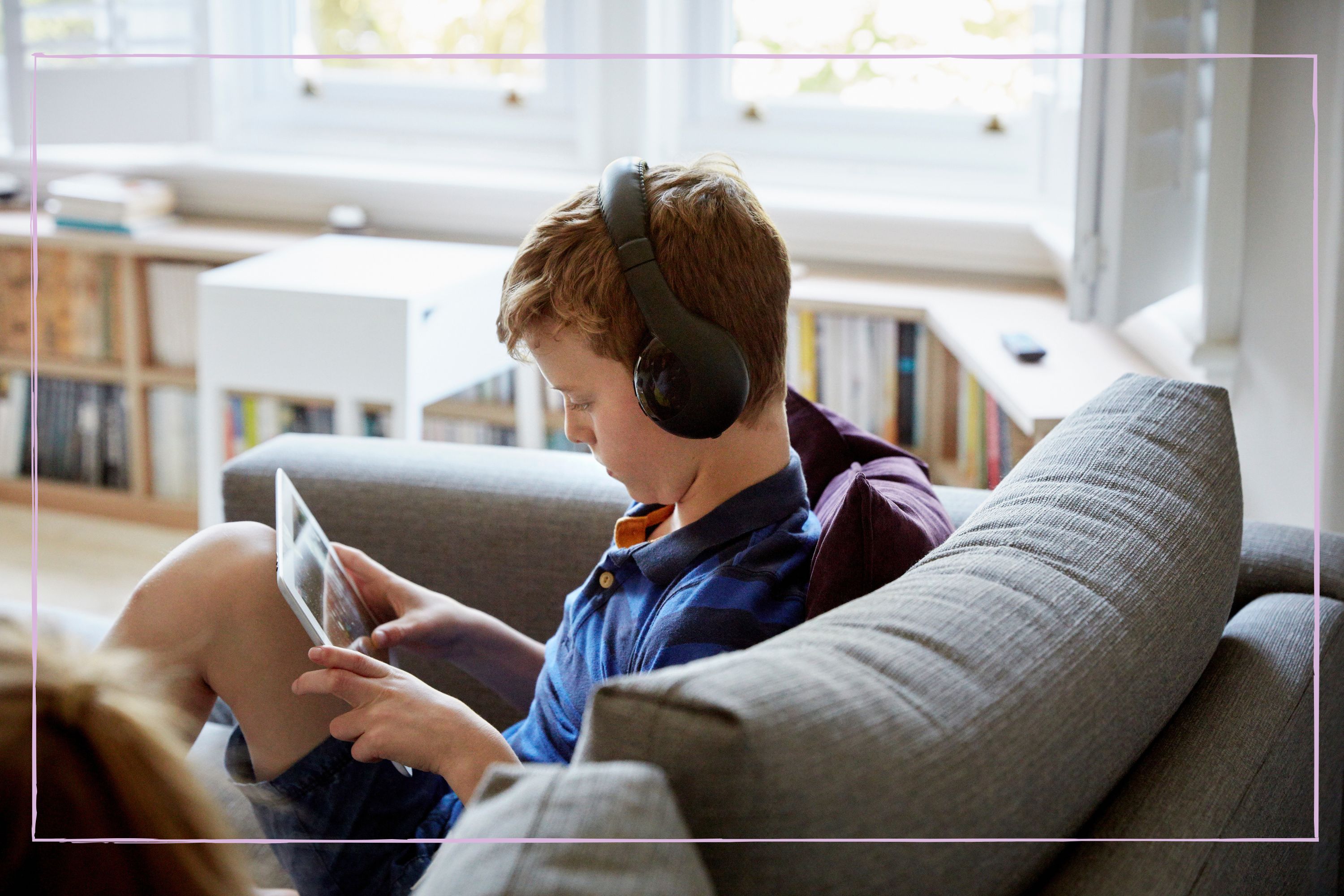 3 tips to set screen time boundaries from parenting experts Dr Becky Kennedy and Professor Emily Oster - and #1 is an important reminder
3 tips to set screen time boundaries from parenting experts Dr Becky Kennedy and Professor Emily Oster - and #1 is an important reminderStruggling to set screen time boundaries with your kids? Parenting experts Dr Becky Kennedy and Professor Emily Oster have shared three top tips.
By Ellie Hutchings Published
-
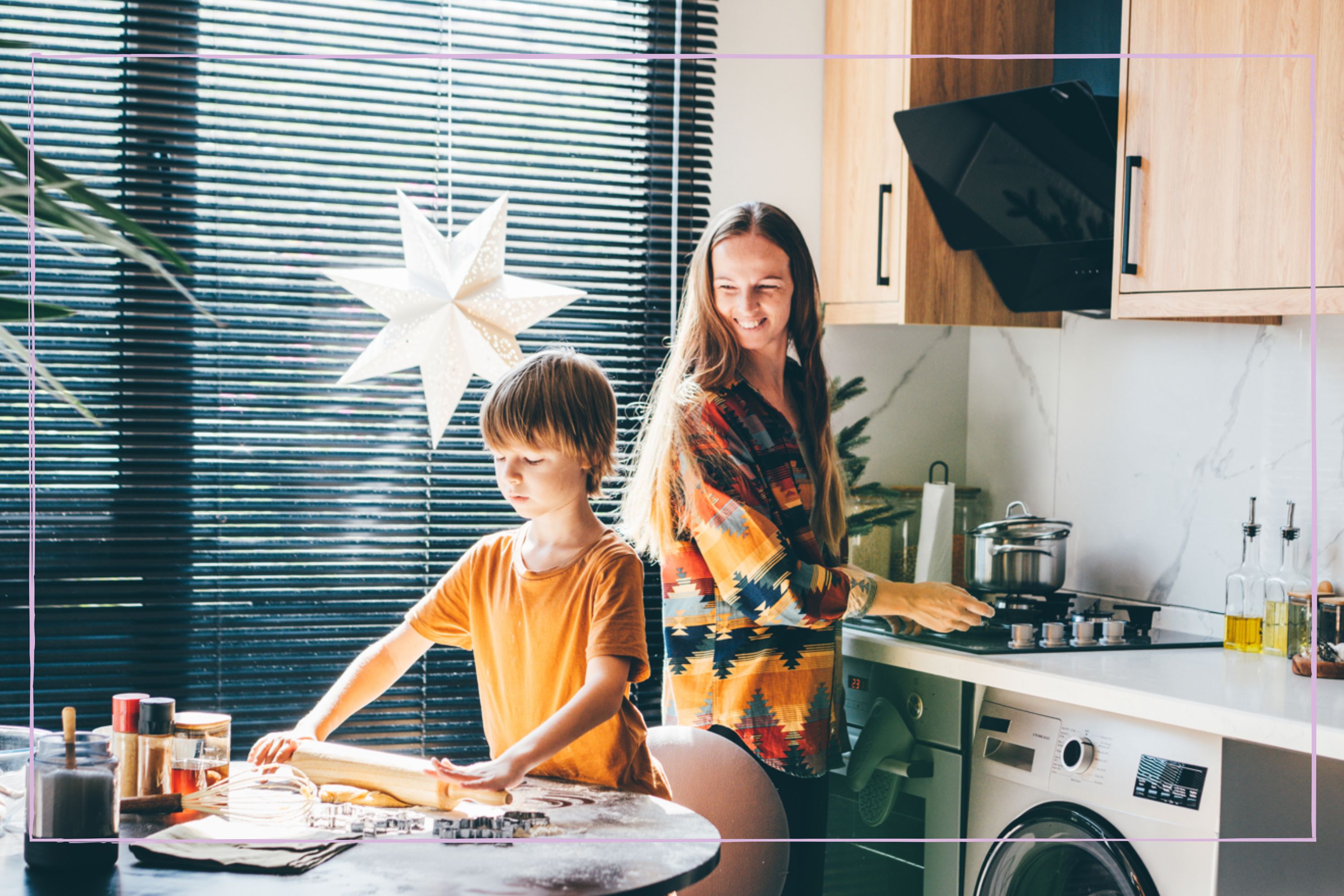 Could 'lazy parenting' be the next big thing? 2 psychologists share why it can be beneficial for development, but not everyone agrees
Could 'lazy parenting' be the next big thing? 2 psychologists share why it can be beneficial for development, but not everyone agrees'We need more lazy parents' and here's why, according to two child psychologists
By Ellie Hutchings Published
-
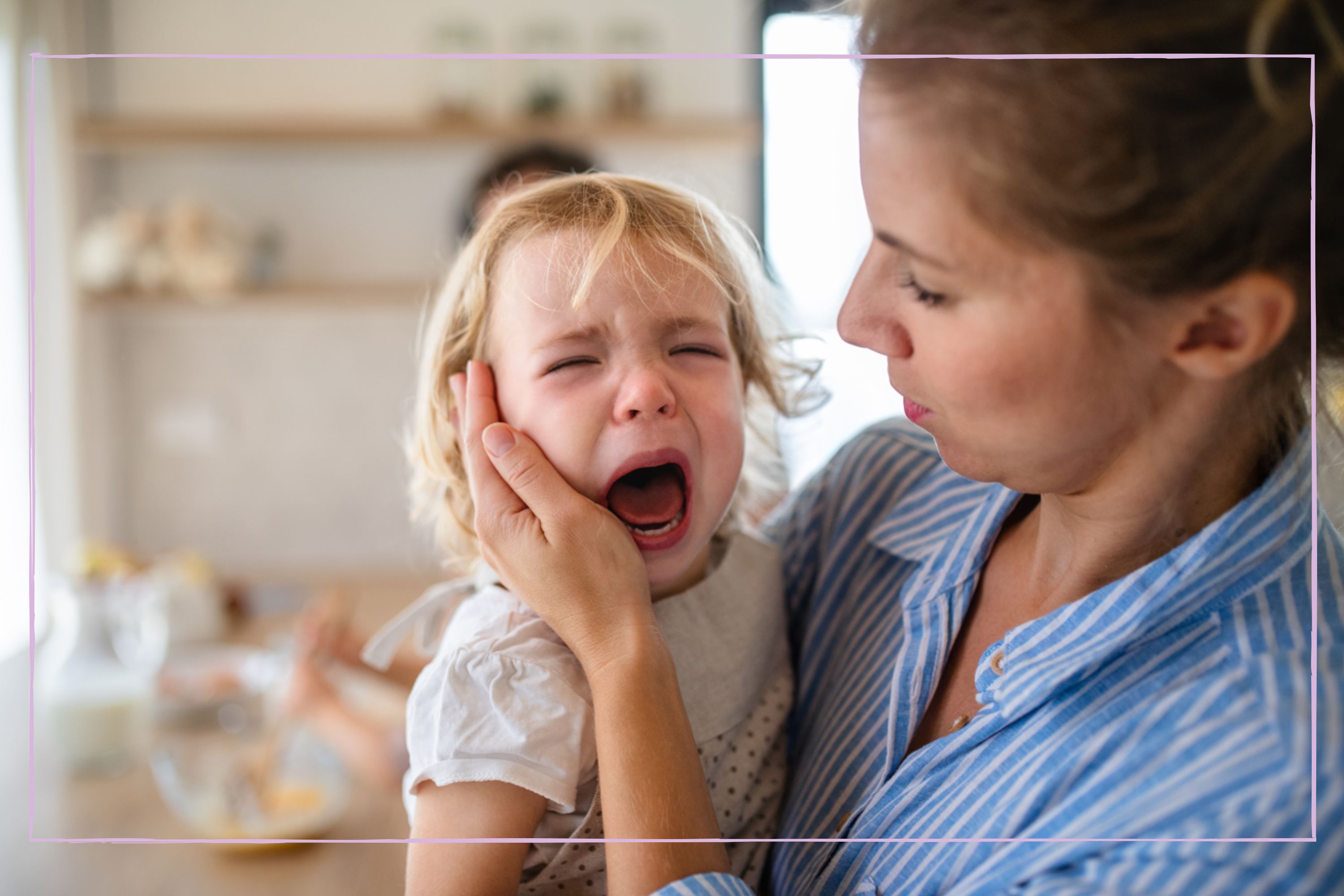 Parents, do you know what H.E.L.P. stands for? Psychologists swear by this acronym to navigate those tough parenting moments we all face
Parents, do you know what H.E.L.P. stands for? Psychologists swear by this acronym to navigate those tough parenting moments we all faceRemember: Halt, Empathy, Limits, Proximity...
By Ellie Hutchings Published
-
 Sticker charts 'don't work in the long run' says psychotherapist - try these 8 tips to teach kids intrinsic motivation instead
Sticker charts 'don't work in the long run' says psychotherapist - try these 8 tips to teach kids intrinsic motivation insteadOne expert has explained eight things you can do as a parent to help your child develop intrinsic motivation - and it means abandoning the sticker chart.
By Ellie Hutchings Published
-
 Reflective parenting could help your teenager manage their big emotions, new research shows - here are 5 steps to try
Reflective parenting could help your teenager manage their big emotions, new research shows - here are 5 steps to tryThe teenage years are tough for everyone involved. But research has suggested that an approach known as 'reflective parenting' can be the key to reconnecting.
By Ellie Hutchings Published
-
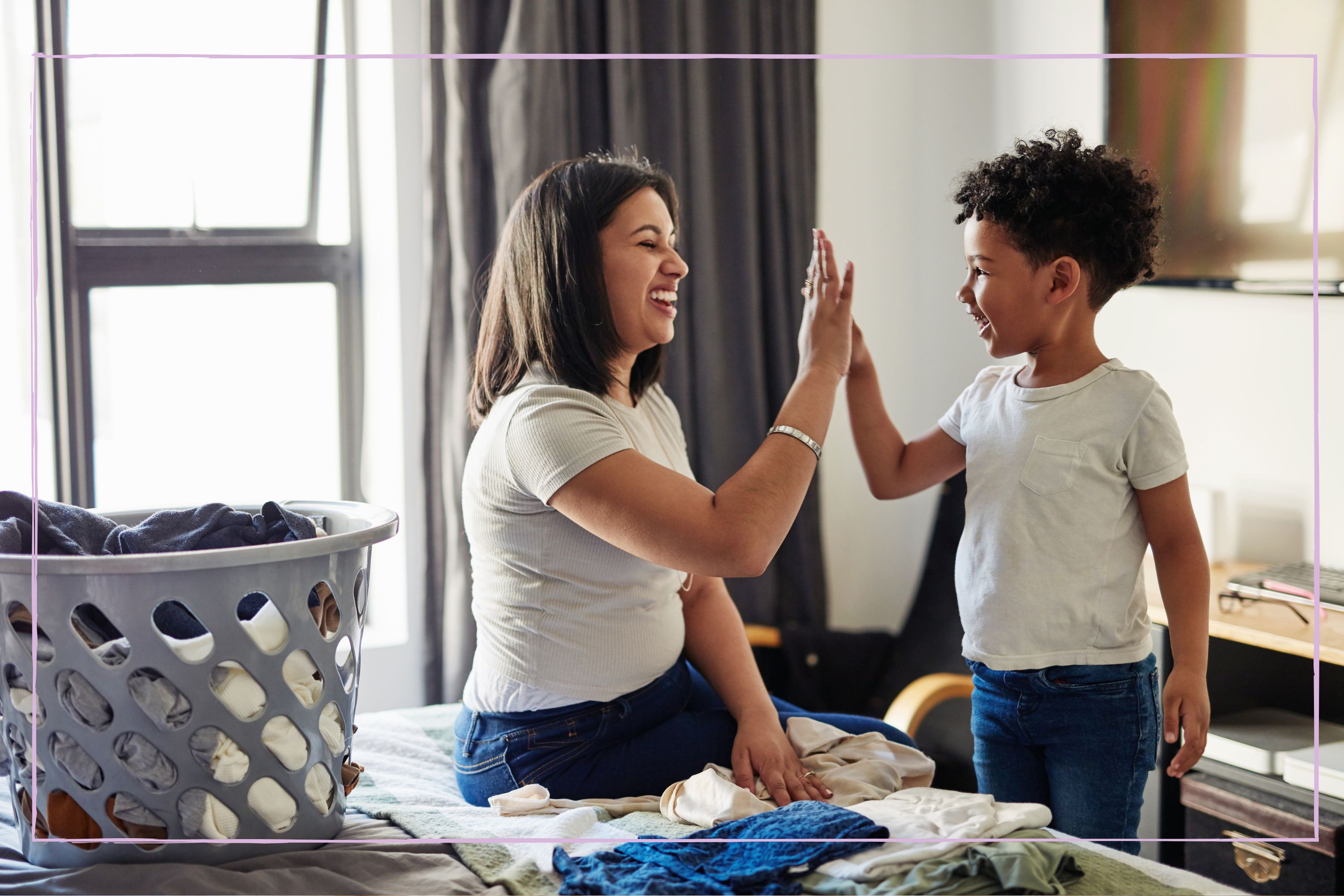 These 5 'game changing' phrases can teach your children about the mental load, according to a psychologist - and it could set them in good stead for adulthood
These 5 'game changing' phrases can teach your children about the mental load, according to a psychologist - and it could set them in good stead for adulthood"Change at home can change society"
By Ellie Hutchings Published